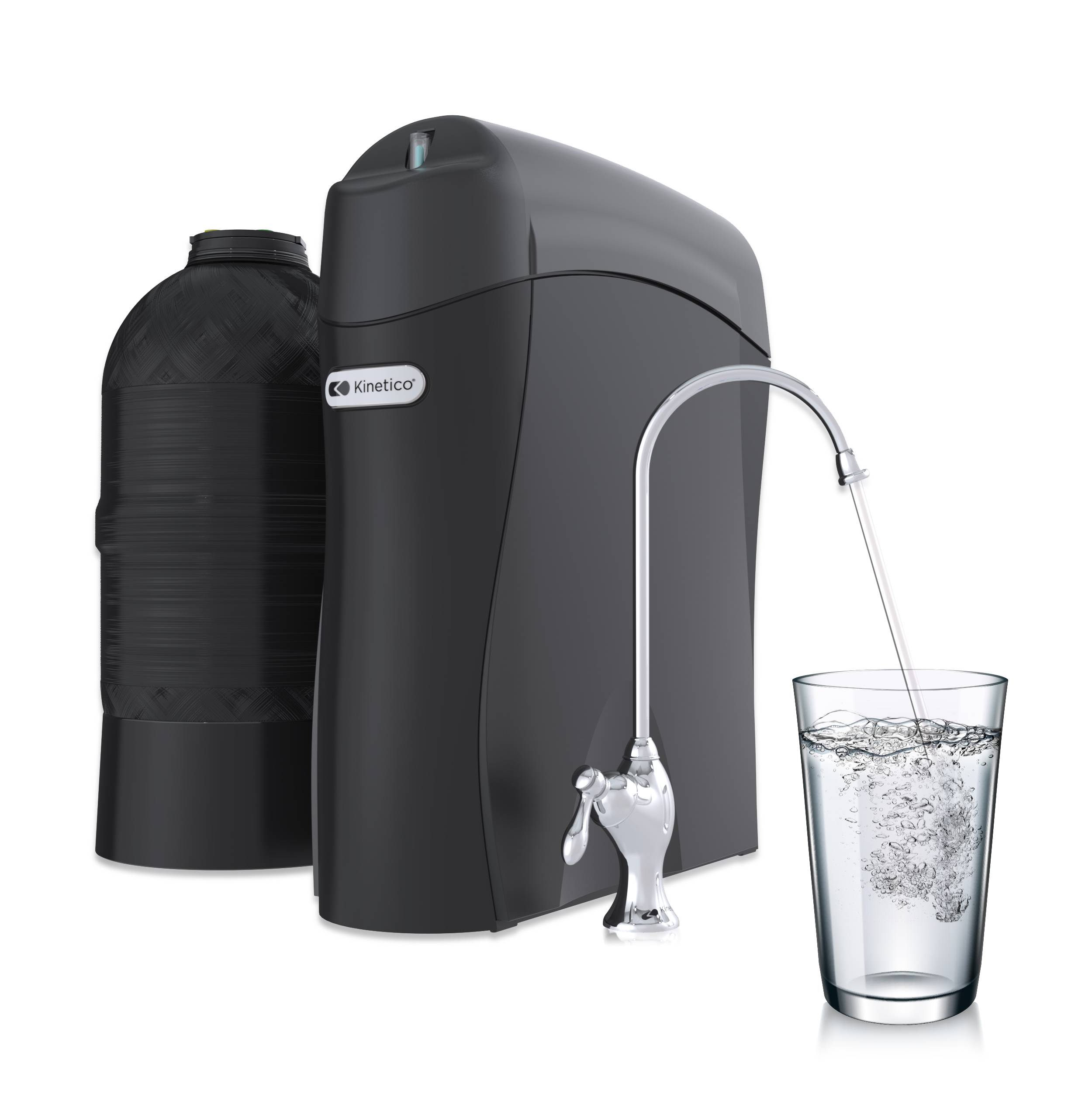As water treatment professionals, most of our time is spent thinking about improving the quality of either drinking water or working water. (Working water is water used for cleaning, washing clothes, cars, dishes etc.) For drinking water, we often focus on aesthetics and health concerns, and for working water we typically just focus on the aesthetics. However, there is a third category when considering water used for bathing, swimming or playing where aesthetics and some unique health effects are of concern.
Recently several articles have been written, including one by Matthew Hamilton on latimes.com, about the “Brain Eating Amoeba” found in the drinking water supply of a parish in Louisiana. The amoeba is said to cause a fatal brain infection called Primary Amoebic Meningoencephalitis (PAM) by being introduced into the sinus through the nose. Infections created by this amoeba are quite rare with CBS Houston reporting a total of 32 cases in the US from 2001 to 2010. Of concern is an amoeba called Naegleria fowleri, which is found quite frequently in warm, relatively stagnant waters throughout the southern United States. Louisiana state health officials report that drinking the water containing the amoeba does not cause illness, since stomach acid kills it. Most previous infections have been contracted by people swimming in these warm waters, getting water in their nose in the process. Though the Centers for Disease Control and Prevention (CDC) reports that Naegleria fowleri is commonly found around the world in warm fresh water, the number of reported cases is surprisingly low.
Tragically, these most recent articles recount the death of a 4 year old boy from this disease, which he contracted after playing on a “Slip ‘n’ Slide” fed with municipally-supplied water in that parish. Jonathan Yoder, an epidemiologist with the CDC, stated that this was the first time that Naegleria fowerli has been found in a treated water supply in the US. CBS Houston and several other news agencies are raising the question if Hurricane Katrina might be the cause of the contamination. Their thought process is that after Katrina, so many people left the parish that the water lay dormant in the supply pipes for longer periods than it had before the hurricane, when the system was serving more people. As a result, the chlorine residual may have dissipated, allowing the organisms to grow. Presently, the parish is increasing chlorine content and flushing the water lines, which has some residents complaining about the taste.
Once again, we find ourselves faced with questions about the quality of our tap water—not because of problems at the central treatment plant, but possibly because of conditions outside of its control. In this case, buying bottled water is of little help since taking a shower, bath or playing in the water would be the cause of infection. As a home owner, options for treatment might include a point of entry (POE) solution like ultraviolet (UV) treatment or whole house water filtration, sized properly by an authorized source. Or, if your municipality has increased chlorine content in your water, you could use a point of use (POU) treatment system to remove the taste of chlorine from your drinking water.
Even if you don’t live in a warm climate like Louisiana’s, it never hurts to get your water checked out. I have been in the water treatment industry for a long time, and I have seen how contaminants in your water can cause all kinds of problems for your family and home. As I wrote in an earlier post, I find that it’s best to be proactive and informed about my home’s water quality, just in case.


